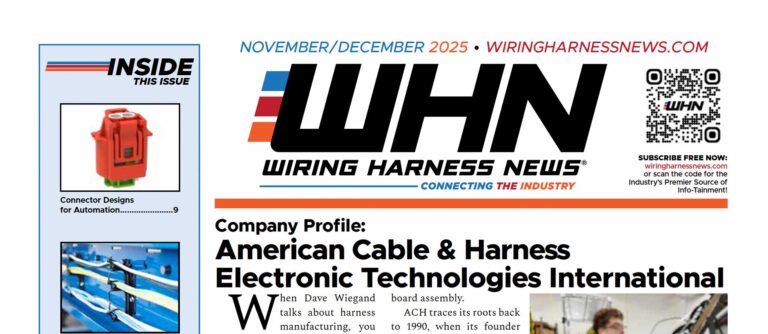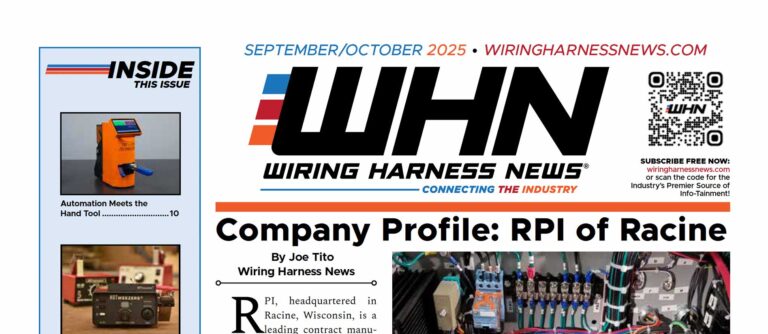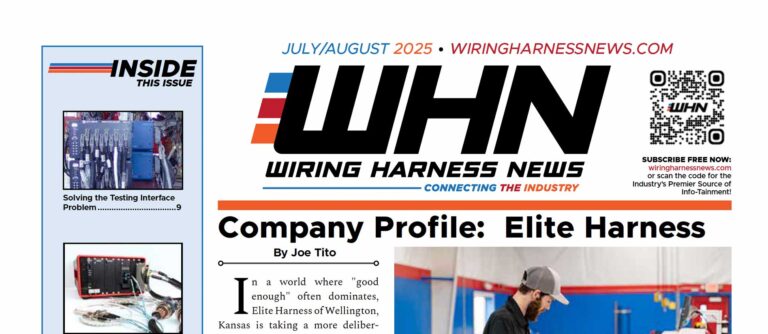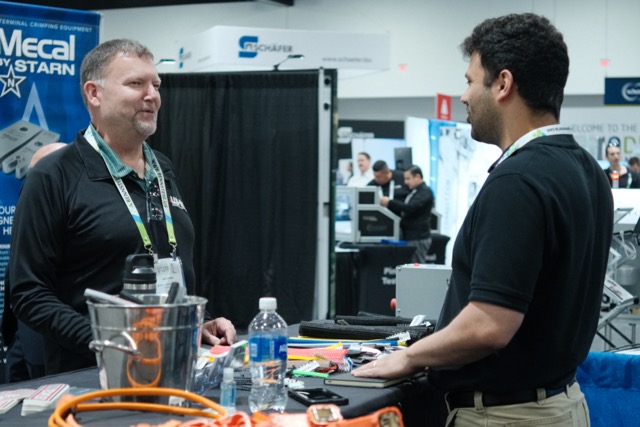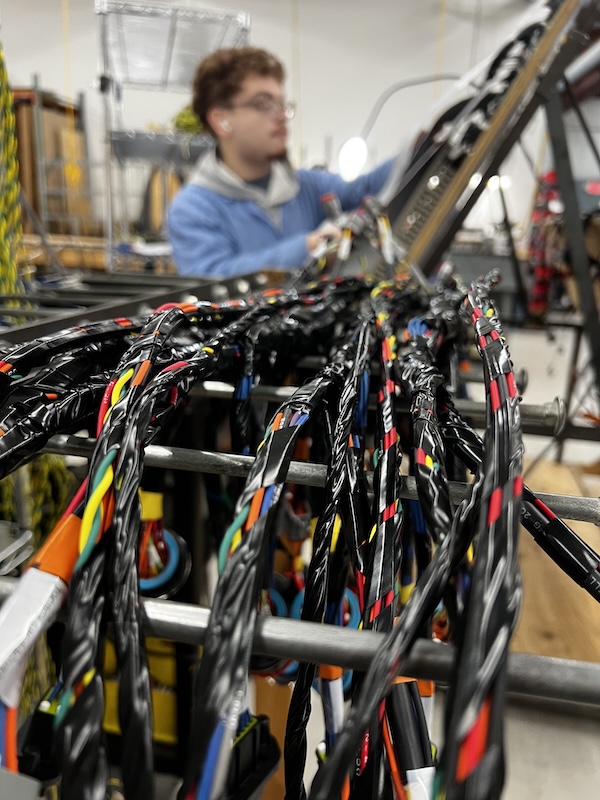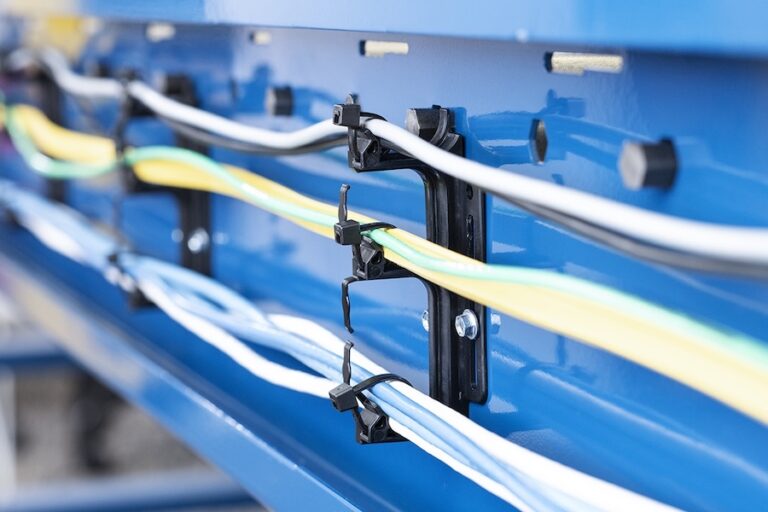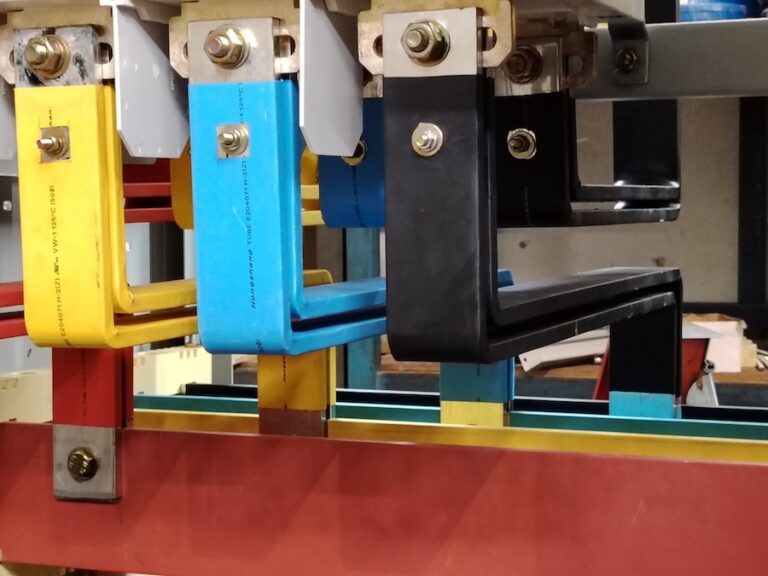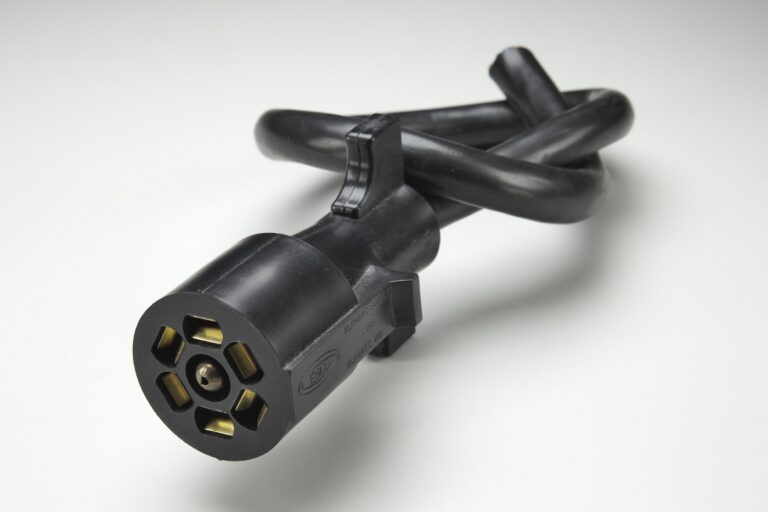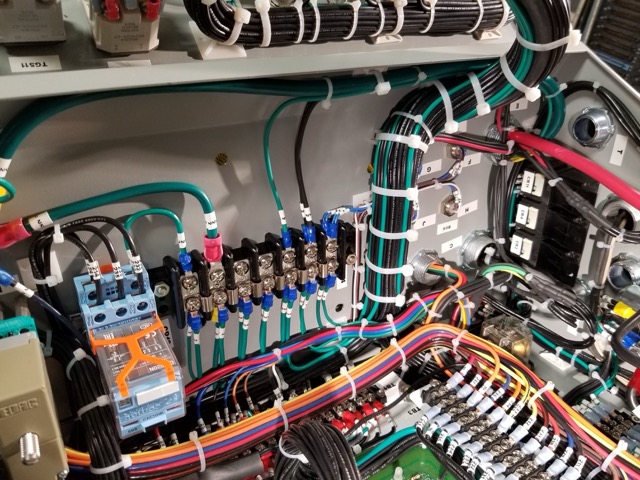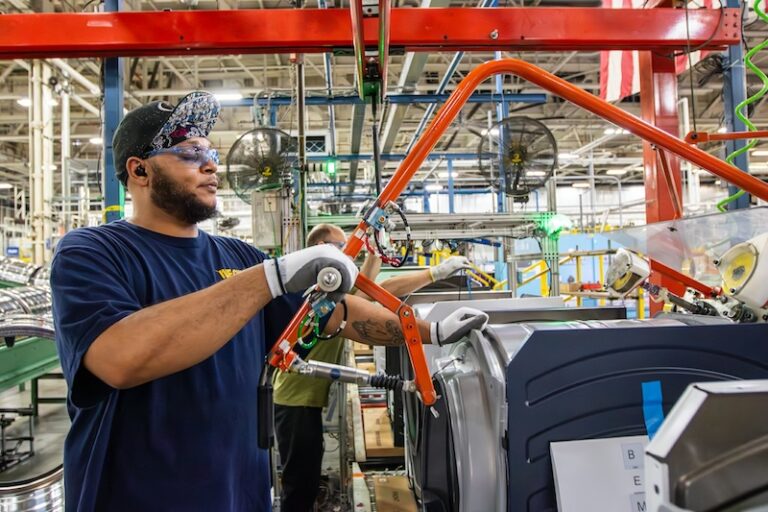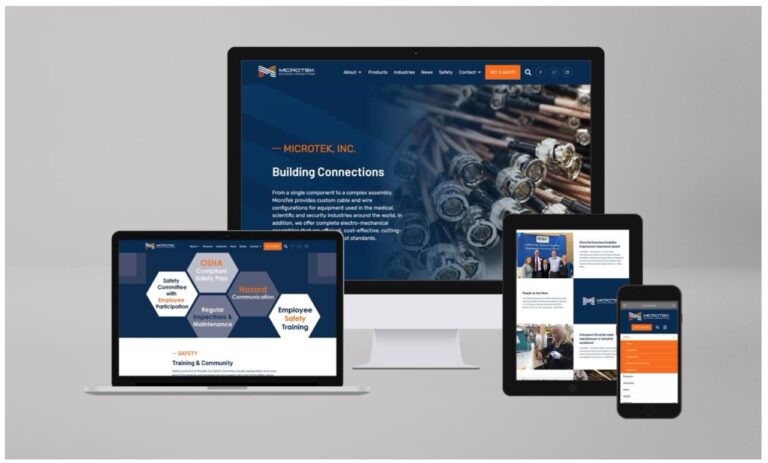Having recently visited wire harness companies in the Midwest and Mid-Atlantic regions, I’ve had the chance to witness well-managed facilities and engage in discussions about industry trends, particularly in mergers and acquisitions (M&A). One issue that consistently surfaced was owner dependency, a factor that can significantly influence the valuation and appeal of a business to potential buyers. Drawing from my personal experience, I can attest that addressing and mitigating this issue can pave the way for a smoother, more profitable sale, thereby increasing the value and appeal of your business.
Owner dependency, where a business excessively relies on its owner for daily operations, strategic decision-making, customer relationships, and overall success, can lead to operational disruptions, loss of key customers, and declining business performance without the owner. This over-reliance poses a significant risk for potential buyers, who may perceive the business as unstable or difficult to manage without the current owner. Recognizing and addressing this issue is not just important; it’s crucial to protecting the future of your business long before you decide to sell.
The most immediate and tangible impact of owner dependency is a valuation discount. Buyers will likely offer a lower price for businesses heavily reliant on their owners due to the uncertainty surrounding the transition period and the potential for operational hiccups post-sale. This can result in a prolonged sales process and reduced competitive bidding, further impacting the final sale price. By addressing owner dependency, you can help maximize the value of your business and facilitate a smoother transition.
Transitioning ownership in an owner-dependent wire harness company can be challenging. The new owner may need help maintaining relationships with key customers and suppliers, leading to a potential loss of business. Additionally, employees accustomed to the owner’s management style may need help adapting to new leadership, causing internal friction and possible turnover. If the owner is deeply involved in daily operations, their departure can cause significant disruptions. Processes managed or overseen by the owner may need improvement, leading to inefficiencies and delays, which can harm the company’s reputation and result in lost revenue.
An owner-dependent business often needs a well-defined growth strategy separate from the owner’s vision. Potential buyers may view this as a red flag, questioning the sustainability and scalability of the business without the current owner’s involvement. This perceived strategic void can deter buyers who seek a company with clear, independent growth potential.
Addressing and mitigating owner dependency is not just a necessity but also an opportunity to maximize the value and attractiveness of your wire harness company. By building a competent and autonomous management team, you can reduce the company’s reliance on the owner, instilling confidence in potential buyers about the business’s stability and sustainability. Thorough documentation of business processes and systems can ensure continuity and smooth operations post-sale. Standard operating procedures (SOPs), employee manuals, and comprehensive records can make the transition easier for the new owner and reduce perceived risks. This proactive approach can position your business as a desirable and valuable investment for prospective buyers.
Encouraging and facilitating the development of relationships between key customers, suppliers, and your management team can demonstrate to potential buyers that the business can maintain its critical connections without the owner’s direct involvement. A well-thought-out succession plan can significantly enhance the attractiveness of your business. Identifying and preparing a successor, whether from within or externally, can reassure buyers that there is a clear path for a leadership transition. Additionally, reducing dependency on a few key customers by diversifying your customer base can make the business more robust and less risky. Buyers are more likely to be interested in a company with multiple revenue streams, as it indicates stability and growth potential.
Owner dependency is a real issue that can hinder the successful sale of your wire harness company. By acknowledging and addressing this challenge, you can significantly enhance the value and attractiveness of your business to potential buyers. Building a strong management team, documenting processes, nurturing key relationships, implementing succession planning, and diversifying revenue streams are essential to mitigating owner dependency.
As a sell-side advisor, my role is to help you navigate these challenges to maximize your business’s overall value. By taking proactive steps today, you can prepare your business for a seamless transition and position it as a desirable and valuable investment for prospective buyers. This preparation will increase the sale price and ensure your business’s long-term success, allowing you to enter the future with certainty and peace of mind. I encourage you to address your business’s owner dependency now, knowing that with the right strategies in place, you can confidently guide your exit and capture the true value of your business. Rest assured, with the right approach, a smooth transition is not just a possibility but a reality.


